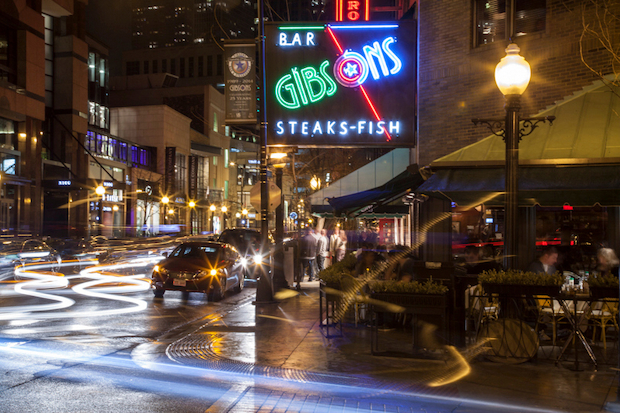
Oct 31, 2017
David Matthews | DNAinfo Chicago | October 30th, 2017
DOWNTOWN — Gibsons Bar & Steakhouse grossed nearly $25 million last year, tops among all Chicago restaurants, according to a new study.
The venerable Rush Street steakhouse is one of nine Chicago restaurants on Restaurant Business’ list of the top 100 independent restaurants in the country.
That’s down from 10 in 2015, when the Greek Islands restaurant at 200 S. Halsted St. clocked in at No. 99 in the country with $12.2 million in gross sales.
Gibsons, at 1028 N. Rush St., has led all Chicago restaurants in gross sales since at least 2014, according to the report. Primehouse, the steakhouse in the James Hotel at 616 N. Rush, led all Chicago restaurants that made the high-grossing list, with an average check of $98 last year.
Quartino Ristorante, 626 N. State St., led all Chicago restaurants on the list with nearly 440,000 meals served last year.
Restaurant Business said it calculated its totals using surveys or estimates based on “public information, similar concepts and other factors.”
The rankings apply only to non-chain restaurants with no more than five locations.
Here’s the list:
•No. 1 (10 nationally): Gibsons Bar & Steakhouse, 1028 N. Rush St.
Gross sales: $24.7 million
Average check: $75
Meals served: 363,301
•No. 2 (20): Joe’s Seafood, Prime Steak & Stone Crab, 60 E. Grand Ave.
Gross sales: $21.2 million (estimate)
Average check: $80 (estimate)
Meals served: 265,000
CONTINUE READING
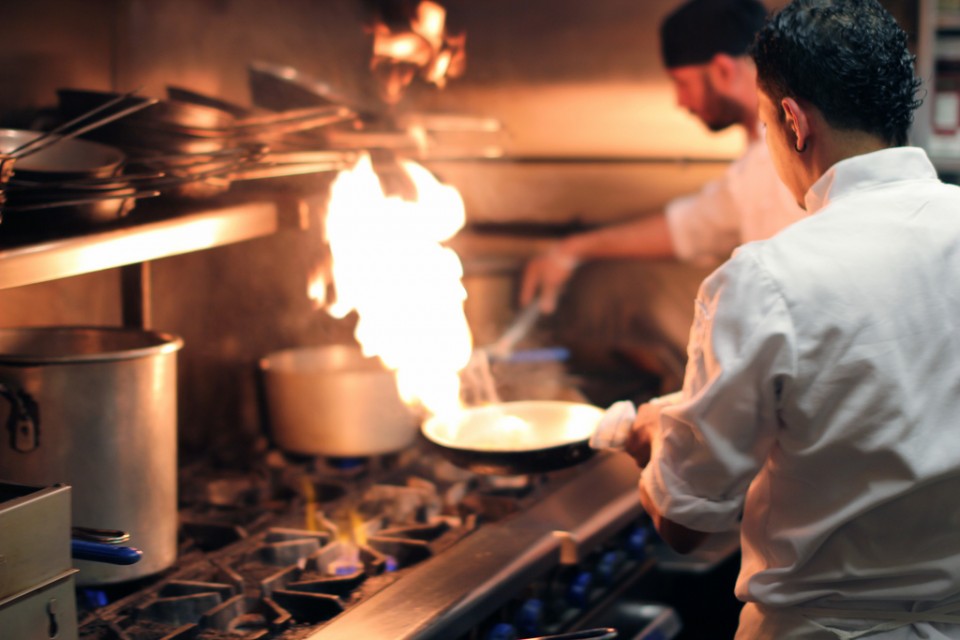
Aug 18, 2017
Lewis Lazare | Chicago Business Journal | August 11th, 2017
ConsumerProtect, a San Diego-based consumer protection organization, has done the dirty work of examining City of Chicago health department inspection reports for restaurants and other food-related business throughout 2016 to produce a collection of findings it is calling — provocatively enough — “Dirty Dining.”
For those who eat out or visit their neighborhood pubs frequently, the information ConsumerProtect gleaned from the health department reports may not be especially comforting — particularly depending on what neighborhood you live and dine in and what kinds of restaurants you like to frequent in Chicago.
Residents of the Chicago’s Riverdale neighborhood (ZIP code 60827) may want to be especially vigilant when opting to dine out near where they live. Per the ConsumerProtect data, more than a third of food-related businesses in that zip code failed food service inspections in 2016.
But Riverdale isn’t the only neighborhood singled out. Others, including affluent Lincoln Park, Rogers Park on the city’s far north side, and West Garfield Park on the west side, all had businesses that received more than 10 health code violations each in 2016.
CONTINUE READING
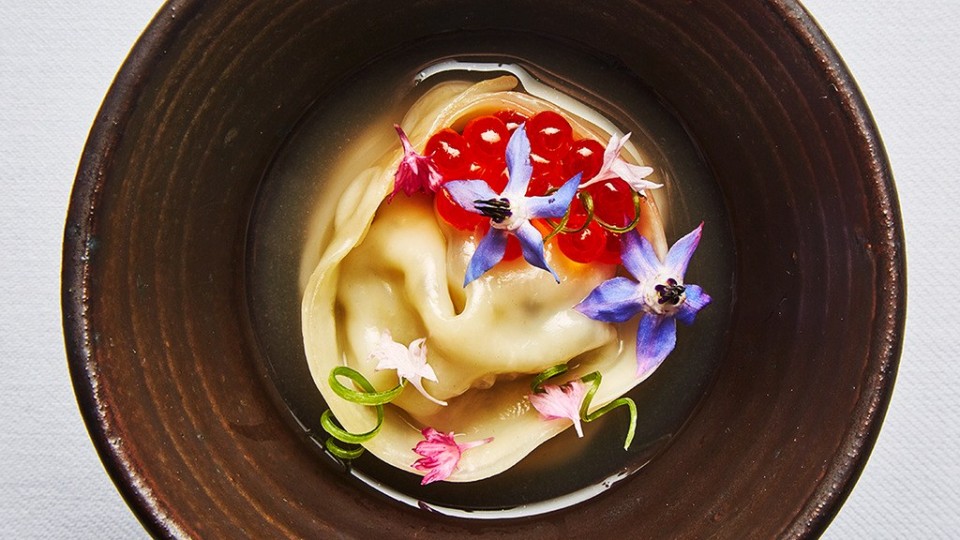
Aug 11, 2017
Julia Kramer | Bon Appetit | August 8th, 2017
I don’t own a single piece of Cubs paraphernalia. I don’t have Chicago’s four-star flag tattooed on my forearm. I don’t care if you put ketchup on a hot dog. But there’s one thing from my hometown that I will absolutely go to bat for, and here it is: Chicago is clearly America’s most exciting city to eat in right now.
As a Chicago native who covered the city’s food scene for years as a local restaurant critic, I’m obligated to tell you that my hometown has always been able to hold its own against the best food cities in the country. But I can’t remember a time that I’ve been as psyched to eat there as I’ve been this year. Where other cities fall into soulless trend cycles, Chicago has a way of generating distinctively personal restaurants. So, SF and L.A., this might hurt a little, but here’s all the proof you need that the Midwest is best.
1. Dessert Comes First
Sweets as beautiful as works of art are nothing new. The problem is that they often taste as good as eating an actual canvas. What makes Anna Posey’s desserts at Elske (one of our Top 50 Best New Restaurants in America) unusual is that they’re so modern-looking and visually arresting that they could exist only in 2017—and yet they’re as simply pleasurable to eat as a classic slice of pie. The only challenge posed to the desserts at Elske is that the rest of the menu, from Anna’s husband, David—the former chef of Blackbird—is equally impressive: Every dish has a clean, contemporary look without sacrificing deliciousness.
2. A Suburban Food Court Is One of the Most Exciting Places to Eat
The International Mall in Westmont, Illinois, 22 miles from downtown Chicago, is more or less your typical suburban food court—fluorescent lighting, drop ceilings, and all—with stands selling inexpensive dumplings on Styrofoam plates. Right in the middle of it is Hanbun, a hidden gem run by a remarkably talented young chef, David Park, and his fiancée, Jennifer Tran. At lunchtime, the stand serves bibimbap and rice cakes and bulgogi. The food’s great, but it doesn’t prepare you for what’s to come in the evenings, when Park throws down a white tablecloth and serves a single group of six diners the “juhnyuk tasting,” a seven-course menu that refracts the foods of his Korean-born, New Jersey–raised upbringing through the techniques he accrued working the line at fine-dining spots in Chicago. The dinners have become so popular that Hanbun is booked up through the end of its lease in May 2018, but there’s no doubt that wherever Park goes next, it’ll become another destination.
3. This City Still Owns Fine Dining
All you really need as evidence is Alinea’s recent reboot. But ask any (food-obsessed) local to name his or her top openings, and you’re likely to hear about a life-changing meal at John Shields and Karen Urie Shields’ Smyth(another one of our Top 50 Best New Restaurants in America). The Shieldses met working at the legendary dining institution Charlie Trotter’s and returned to town after an acclaimed stint at Town House in Chilhowie, Virginia. Thoughtful five-, eight-, and 12-course tasting menus filled with eclectic produce grown specifically for the restaurant are served upstairs at Smyth; an instantly iconic burger (with bacon in the patty) brings in an after-work crowd to The Loyalist pub downstairs. What could more perfectly sum up Chicago dining than that?
CONTINUE READING
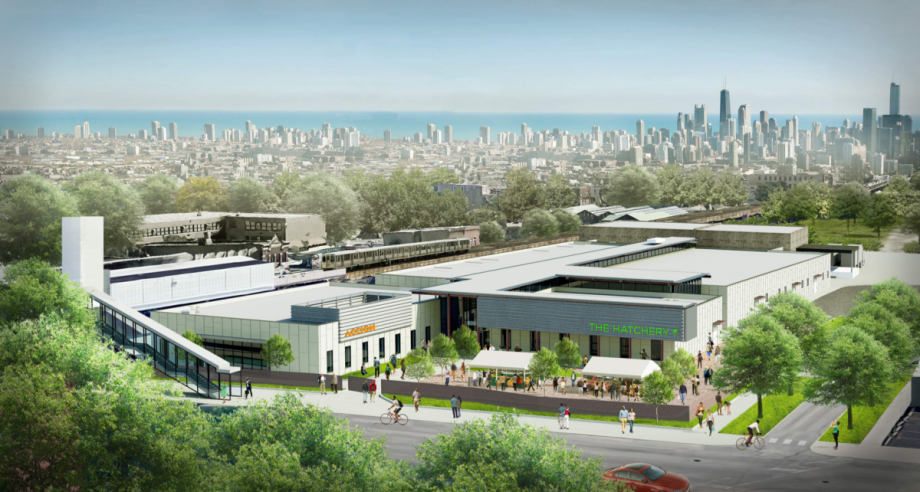
Jul 22, 2017
Oscar Perry Abello | Next City | July 19, 2017
Angela Taylor has been helping her neighbors grow food for years on the west side of Chicago. Soon, she’ll be helping some of them grow food businesses.
Taylor learned how to grow stuff at a young age. “Me being the youngest girl, I didn’t get to do the laundry and other chores inside,” she remembers. “I had to go outside and help daddy with the gardening.”
She and her husband moved into their current home, in the East Garfield Park neighborhood, in 2004. There was an abandoned community garden next door, covering two city lots, with raised beds.
“Right in front of where the garden had been [was] a notorious zone for the drug traffic,” Taylor recalls. “They sat in front of the garden on milk crates selling drugs all day and all night.”
She and her sisters cleaned up the space and put it back into use. It’s become the hub of the Garfield Park Community Council’s Community Garden Network, with 32 resident-led gardens scattered throughout East and West Garfield Park. Each garden provides some fresh fruits and vegetables for the gardeners, their families and neighbors, and the rest gets sold at the council’s bimonthly Neighborhood Market, which accepts food stamps as payment. “I’m sure you know we’re living in a food desert, and there is a lack of fresh produce,” says Taylor, who retired in 2012 from the Illinois Department of Human Services.
Taylor’s garden now has a rainwater catchment and irrigation system, and a community greenhouse with solar-powered heating and lighting. Every growing season, the garden network takes seedlings from the greenhouse to get started, and there’s enough left over to share with gardeners from other neighborhoods. There’s no more drug trafficking out front.
“When I first moved in, the seniors on my block wouldn’t even come out and sit on their porch because of all the drug trafficking,” Taylor adds. “But go there now and they’re sitting on their porch, some of them are taking naps, because now they feel safer in that type of environment. There’s not too much more to be said about that.”
Taylor hopes that The Hatchery, a brand-new, 67,000-square-foot food business incubator coming to the neighborhood, may have a similar effect on a much larger scale.
CONTINUE READING
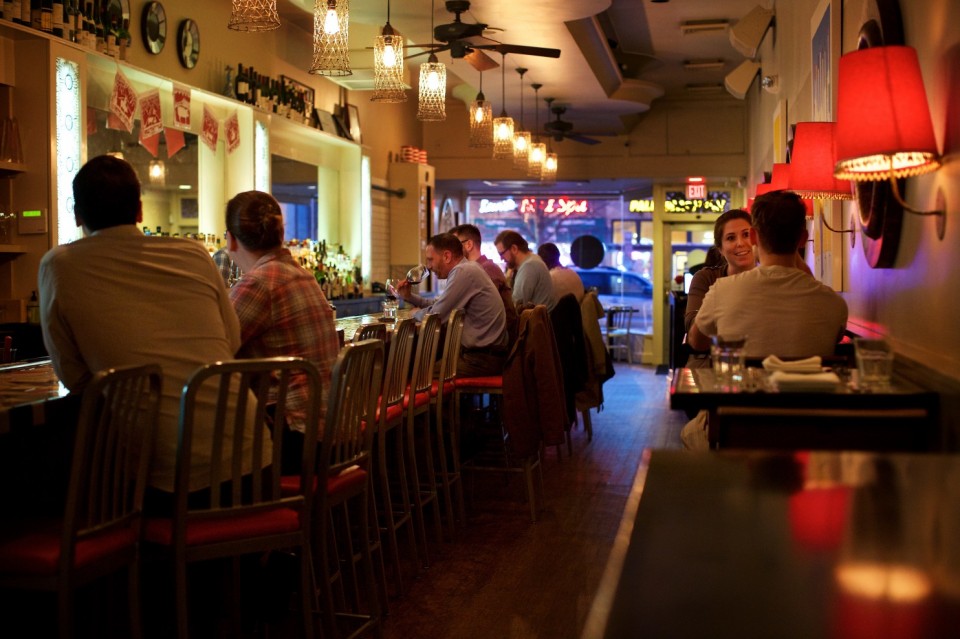
Jul 5, 2017
Maura Judkis | Washington Post | July 3rd, 2017
Ripple was the kind of warm, welcoming place that bred regulars like rabbits. It was both upscale and casual, and not overpriced. It won awards and was fondly reviewed. It was filled with people until, gradually, it wasn’t.
“Our sales were down, and they’ve been down over the last couple of years. I don’t know if that means fewer people are going out, or they’re going to different places,” said owner Roger Marmet.
He made the decision not to renew his lease, and the seven-year-old Cleveland Park restaurant served its last meal on June 24. Disappointed fans wondered: Was the bubble to blame?
If you’ve read anything about restaurants in the past six months, you would be certain that they were all doomed. “There’s a massive restaurant industry bubble, and it’s about to burst,” Thrillist proclaimed in December. For independent restaurants, it has already popped, according to an article in Restaurant Hospitality. The fast-casual bubble might be bursting, too, says Nation’s Restaurant News. Locally, Washingtonian cited several restaurateurs who were certain we were in a bubble. Every restaurant closing adds fuel to the fire.
“There is just an insane amount of restaurants opening, and I can’t imagine there’s enough to go around for everybody,” said John Fielding, owner of Soapstone Market and the former Chao Ku, which closed in February.
There are so many places to eat now, all filled with reclaimed barnwood and Tolix stools and poke and — for now, at least — people. Maybe it will last. Maybe they will struggle. But does that make what’s happening a bubble?
CONTINUE READING





